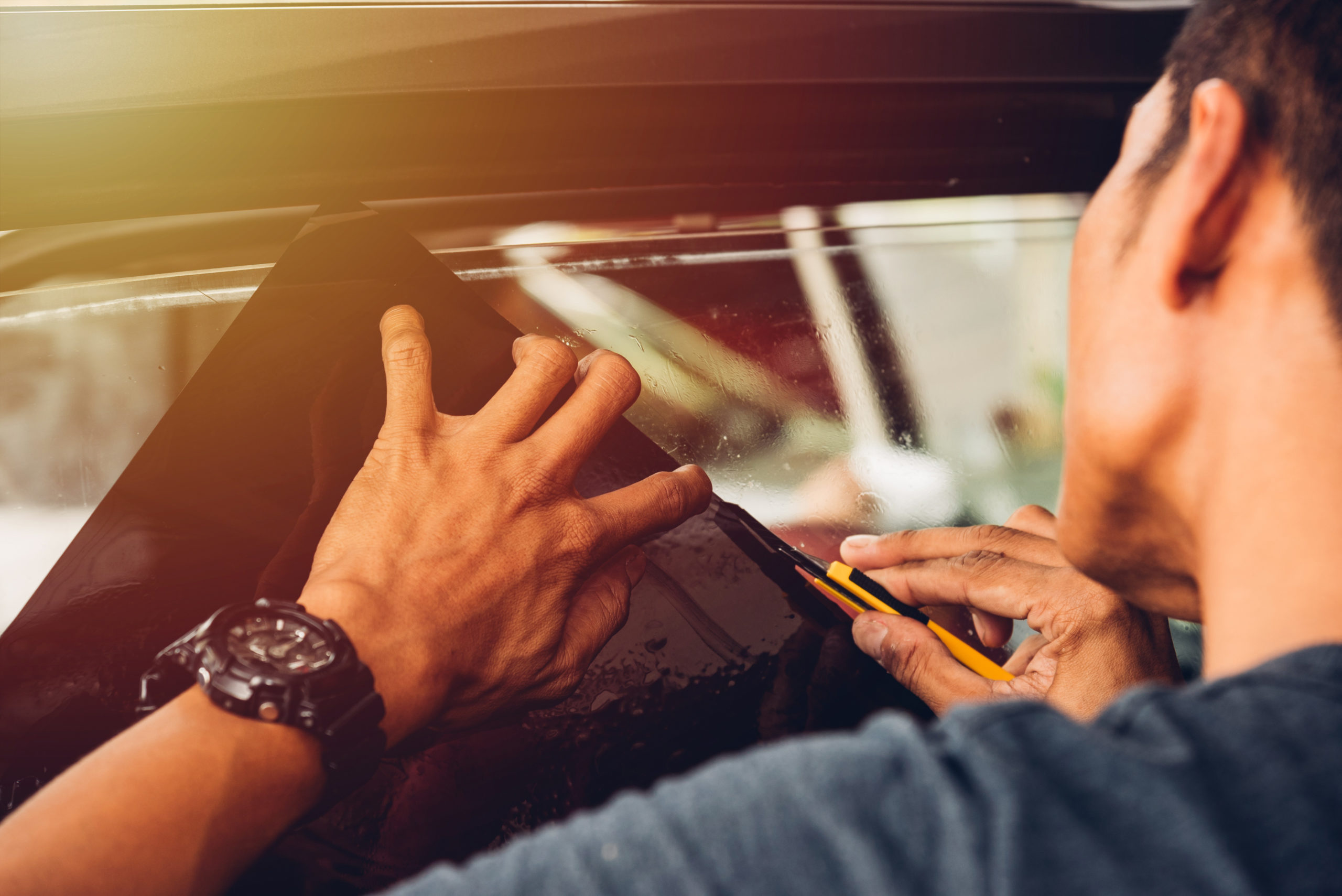As every Georgian knows, summers down here can get hot, hot, HOT! There is absolutely nothing worse than getting into a car that has been sitting in the sun for hours. Even if you crank your air conditioning or park in the shade, your car can still turn into a steamy sauna that will be unpleasant to drive.
So how can you keep your cool? The answer to your needs could be window tinting! Here at G-Force Films, our customers often ask if window tinting can help reduce heat in their cars. And the answer is yes!
Here’s everything you need to know about window tinting and temperature reduction inside your car.
How Does Window Tinting Keep Heat Out?
A window tint can act as a barrier between your vehicle’s interior and the sun’s heat. The film used in window tinting is primarily made out of polyester. Some other types of film use a thin coating of colored dye and metal fragments that line the film’s top level. These layers block thermal energy, including ultraviolet (UV) and infrared light, from the sun and prevent your car from heating up while still allowing some light to shine through. In fact, window tints can block out almost 80% of harmful UV rays! This can also help to decrease your risk of skin cancer.
Window tinting film that features nano-carbon ceramic technology also efficiently absorbs UV radiation and heat.
How Much Heat Does Window Tinting Reduce?
Automotive window tint creates a barrier between your car’s interior and the sun by deflecting its rays. This reduces heat in your cabin while preventing glare.
While the amount of heat reduction will vary from car to car, normal window film generally reduces heat by 35% to 45%. Premium tints can provide up to 80% of heat rejection.
Ceramic films provide even greater levels of heat reduction. The tint’s carbon particles effectively absorb infrared light, which is one of the main culprits behind the unruly temperatures in your vehicle.
How Do I Pick the Right Window Tint to Reduce Heat?
You can tell how effective a particular window tint is by looking at its light transmittance ratings, including the VLT%, VLR%, and VLA%. The VLT% on the label refers to how much visible light is transmitted through the tint. The VLR% shows you how much light is reflected off the tint and the VLA% indicates how much light the tint absorbs.
To better understand this, picture a vehicle that doesn’t have any window tints. This car will transmit about 90% of the sun’s visible light. Therefore, its VLT% will be 90. The same non-tinted windows will have a VLA% and a VLR% of five. Therefore, the car has little to no cooling attributes.
Why Should You Get Window Tints to Reduce the Heat in Your Car?
A hot car interior isn’t just uncomfortable, but it can also be hazardous to your health. Excessive temperatures inside of your car can cause heat stroke, dehydration, and release harmful toxins found in many plastic car components.
Keep Your Cool by Calling Us
Are you ready to discover the many benefits of window tinting? Your car won’t just look cool but it’ll feel cool too. Contact the window tinting pros at G-Force Films now by calling 912-655-2888. We look forward to seeing you soon!
- Security Window Film Protects Your Building from More Than Just Intruders - November 4, 2025
- DIY vs. Professional Ceramic Coating: Car Owners Share Their Experience - September 18, 2024
- Paint Protection Film and Vinyl Wrap: What’s the Difference? - September 4, 2024


2 thoughts on “How Does Window Tinting Reduce Heat Inside of My Car?”
Comments are closed.